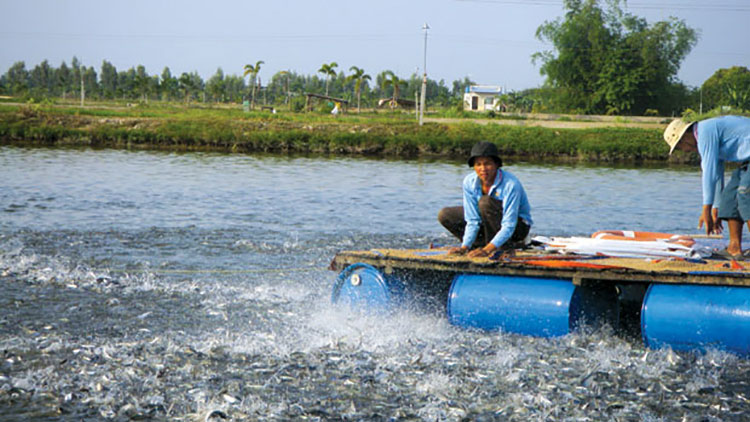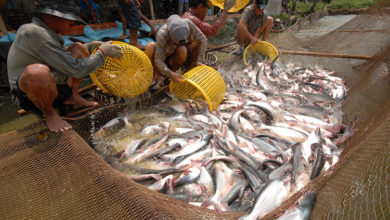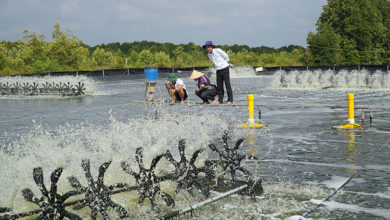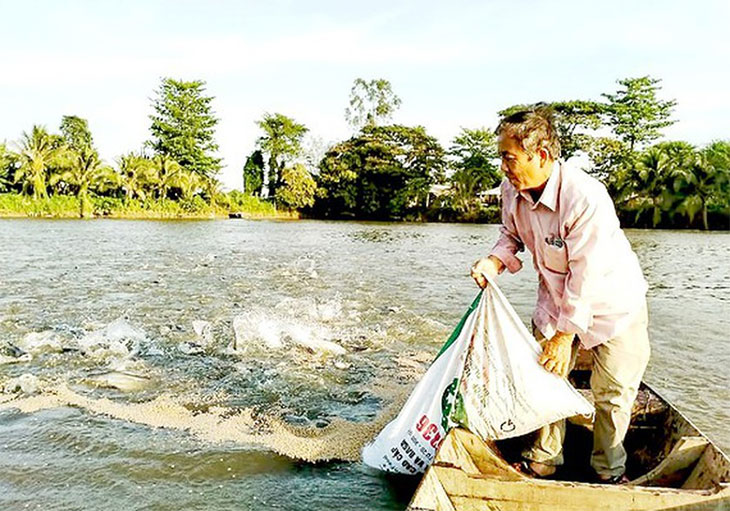An Giang: Two-stage pangasius farming model with consumption linkages in 2023-2024 shows promising results
After two years of implementing this model, the results are promising. The fish survival rate reached 15.68%, exceeding the 11.6% from traditional farming methods. Additionally, the feed conversion ratio was 0.9, compared to 1.05 in the traditional model.
The An Giang Agricultural Extension Center recently held a conference to assess the “Two-stage pangasius farming model linked to consumption for 2023-2024.” Over two years, the project established four models across 5.3 hectares in two provinces: 3.3 hectares in An Giang and 2 hectares in Dong Thap. Nine households participated, using earthen ponds in An Giang to rear pangasius from fry to fingerling, in accordance with Decision No. 06/QD-SNNPTNT from the Department of Agriculture and Rural Development, dated January 5, 2023
After two years of implementation, the model has shown promising results. The survival rate of fingerlings reached 15.68%, higher than the 11.6% in traditional farming. The feed conversion ratio improved to 0.9, compared to 1.05 in conventional systems. Disease outbreaks were well-managed, and costs for medication and environmental treatments were significantly reduced. These results demonstrate that applying the project’s technical process lowers production costs, leading to a 16.78% increase in profits compared to traditional farming.

During the project implementation in An Giang, neighboring farming households were trained in the techniques and adopted the process. The project has now expanded to 15 additional households across Phu Tan, Chau Thanh, Thoai Son, and An Phu districts, covering 16.83 hectares. In Dong Thap province, it has extended to 3 hectares, involving 6 households in Hong Ngu City and Tan Hong district.
Phan Hong Cuong, Deputy Director of An Giang’s Agricultural Extension Center and project leader, stated that the nursing stage does not require high stocking densities. With a moderate density of about 500 fish per m², compared to the traditional 830 fish per m², the yield may be lower, but the fish are easier to manage, require less care, are less susceptible to disease, have higher survival rates, and produce better-quality juveniles.
Additionally, households involved in the model sign a consumption contract with processing companies, ensuring they can produce confidently without price manipulation by middlemen. Local authorities should promote and encourage households to farm pangasius following the new process to minimize risks and contribute to the development of a sustainable supply chain.
In the near future, the An Giang Provincial Agricultural Extension Center will further promote the two-stage pangasius fry hatchery technique in local breeding areas, aiming to expand the model for sustainable pangasius fry farming in the region.
VFM






